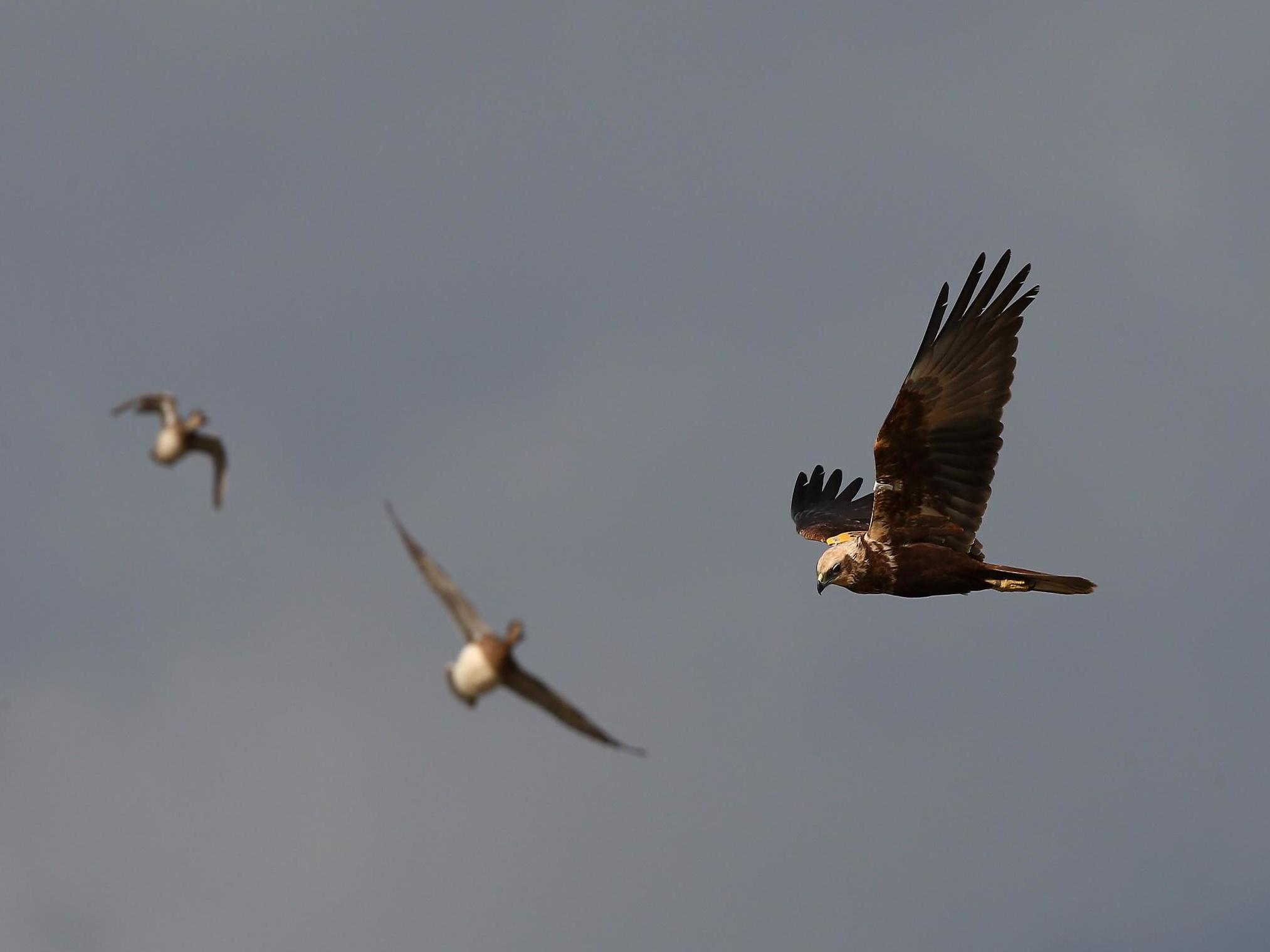Lockdown sees ‘most successful breeding year in decades’ for marsh harriers at Cambridge nature reserve
Rangers see four nests of chicks successfully fledge

Your support helps us to tell the story
From reproductive rights to climate change to Big Tech, The Independent is on the ground when the story is developing. Whether it's investigating the financials of Elon Musk's pro-Trump PAC or producing our latest documentary, 'The A Word', which shines a light on the American women fighting for reproductive rights, we know how important it is to parse out the facts from the messaging.
At such a critical moment in US history, we need reporters on the ground. Your donation allows us to keep sending journalists to speak to both sides of the story.
The Independent is trusted by Americans across the entire political spectrum. And unlike many other quality news outlets, we choose not to lock Americans out of our reporting and analysis with paywalls. We believe quality journalism should be available to everyone, paid for by those who can afford it.
Your support makes all the difference.At least a dozen marsh harrier chicks have successfully fledged at a nature reserve in the “most successful breeding year in decades” for the species there.
It is thought that lockdown helped the birds at the National Trust’s Wicken Fen Nature Reserve in Cambridgeshire.
Rangers witnessed four nests of chicks successfully fledge and believe there may have been a fifth, but its location meant staff were unable to fully monitor numbers.
There are only 400 nesting pairs of marsh harriers in the UK but the species has made a positive recovery in recent years.
In the 1970s, following years of habitat loss and persecution, there was believed to be just one nesting female in the whole country, according to The Wildlife Trusts.
A National Trust spokesman said 2020 has been the “most successful breeding year in decades” for marsh harriers at Wicken Fen, adding that lockdown “emboldened wildlife moving into places that would normally be busy with human activity”.
Martin Lester, National Trust countryside manager, said: “We’ve never seen marsh harriers nest this close to visitor areas on the Sedge Fen.
“During the early part of lockdown, we saw wildlife moving into areas of the reserve that were unusual for us, and we’ve also seen new migratory birds arrive in the wider reserve, such as golden oriole and marsh warbler.
“It’s also been a great year for butterflies at Wicken Fen, with high numbers flying and the return of the marbled white at Oily Hall.”
Marsh harriers are the largest of the harriers and are identifiable by their long tails and V-shaped wings when in flight.
Rangers saw a male marsh harrier performing aerial food passes to two females at Wicken Fen, making it clear that there were nests in reed beds at the reserve.
A wildlife photographer later captured images showing the juvenile birds taking to the skies and catching food from their parents in mid-air.
Marsh harriers are amber listed, which is the second most critical conservation priority group.
PA
Join our commenting forum
Join thought-provoking conversations, follow other Independent readers and see their replies
Comments